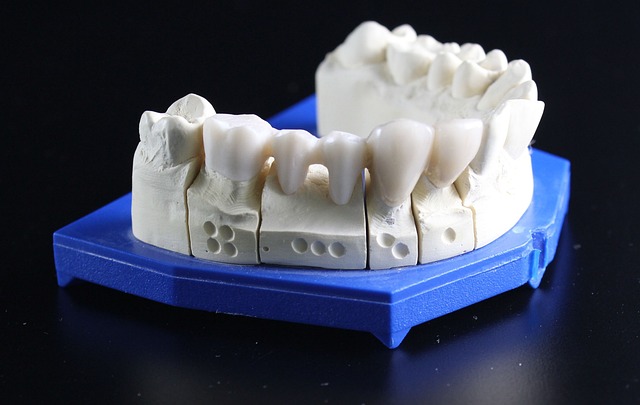In today's competitive automotive industry, efficient claims documentation service is crucial for businesses like Mercedes Benz repair centers. A robust system streamlines processes, reduces paperwork, and minimizes errors, leading to faster repairs, happier customers, and improved operational efficiency. Structured documentation practices enhance accuracy and trust, ensuring fair settlements for various vehicle damage, from minor dents to substantial collision damage. Implementing a comprehensive digital system with detailed before-and-after photos, part replacements, and thorough descriptions builds precise claims processing and strengthens relationships with customers and insurance providers.
In today’s complex healthcare landscape, efficient claims processing is vital for providers and payers alike. A well-organized claims documentation service filing system is no longer a luxury—it’s an indispensable tool for navigating intricate regulatory requirements and maximizing reimbursement. This article delves into the significance of structured claims documentation service practices, exploring benefits like improved accuracy, faster payouts, and reduced administrative burdens. We’ll uncover effective strategies to streamline your claims process and ensure compliance.
- Efficient Claims Processing: Streamlining for Success
- Key Benefits of Structured Documentation Practices
- Effective Strategies for Accurate Claims Filing
Efficient Claims Processing: Streamlining for Success

In today’s competitive landscape, efficient claims processing is a game-changer for any business, particularly those in the automotive industry such as Mercedes Benz repair centers offering services like frame straightening and automotive body work. A well-organized claims documentation service filing system is the backbone of successful operations. It ensures that every claim is meticulously documented, tracked, and managed from inception to resolution.
By implementing a robust claims documentation service, businesses can streamline their processes, reduce paperwork, and minimize errors. This results in faster turnaround times for repairs, happier customers, and improved overall efficiency. For instance, a well-structured system for handling frame straightening claims allows technicians to quickly access historical data, ensuring consistent and high-quality automotive body work.
Key Benefits of Structured Documentation Practices

Implementing structured documentation practices offers a multitude of advantages for businesses and individuals alike, especially when it comes to claims documentation services. This organized approach ensures that every detail related to vehicle damage or accidents is meticulously recorded, enhancing accuracy and efficiency in the claims process. By adopting these methods, auto body services can streamline their operations, leading to faster turnaround times for repairs like Mercedes Benz collision repair or vehicle dent repair.
Well-organized documentation facilitates better decision-making by providing a comprehensive view of past incidents. This is particularly valuable for insurance companies and clients as it reduces disputes and increases trust. For instance, structured records can easily track the history of previous repairs, ensuring that every aspect of a vehicle’s maintenance is considered during claims settlements, whether it’s for minor dents or significant collision damage.
Effective Strategies for Accurate Claims Filing

Maintaining a robust claims documentation service is paramount for any business dealing with vehicle damage repairs. To ensure accurate claims filing, several effective strategies can be implemented. Firstly, integrating a comprehensive digital system for recording and managing repair processes streamlines operations. This technology allows for precise tracking of each step in the paintless dent repair or car body restoration process, enhancing data accuracy and reducing human error.
Additionally, establishing clear protocols for documenting repairs, including detailed before-and-after photographs, itemized lists of parts replaced, and comprehensive descriptions of work performed, is crucial. For instance, when handling vehicle paint repair, meticulous documentation ensures that every nuance of the repair process is captured, facilitating smoother claims processing and fostering trust with both customers and insurance providers.
Organized claims documentation service filing is a vital component of efficient insurance operations. By implementing structured documentation practices, insurers can significantly enhance their claims processing capabilities. This article has explored strategies like streamlined workflows, standardized forms, and digital solutions to ensure accurate and prompt claims handling. Embracing these practices not only improves customer satisfaction but also reduces operational costs, making it a game-changer for the industry. Effective claims documentation is, therefore, a competitive advantage in today’s digital age, fostering trust and ensuring a robust insurance ecosystem.














